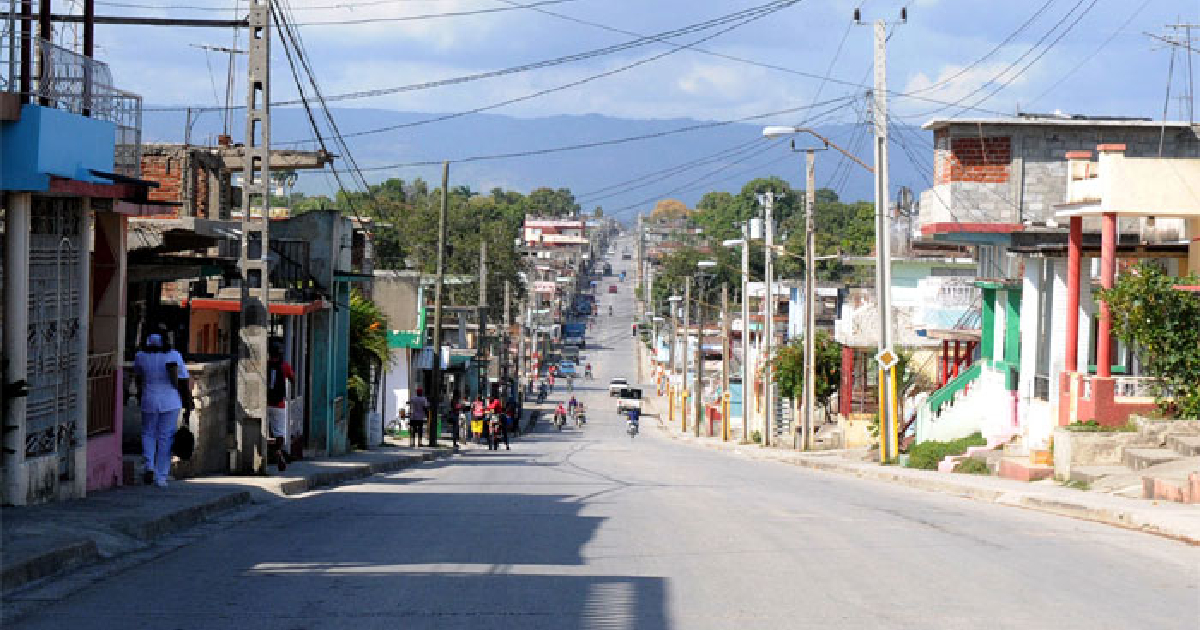Amid a challenging and risky health scenario due to the advance of the Oropouche virus in Cuba, the announcement that the province of Guantánamo is reporting more than 150 fever cases per week raises alarms about the possible presence of the virus in that area.
Although health authorities in this eastern province have not confirmed the existence of the disease, a recent meeting highlighted an increase in people suffering from “fever syndrome,” according to a report by the official newspaper Venceremos.
Dr. Nael Preval Campello, provincial health director, emphasized that in addition to high fever, the disease causes light sensitivity, fatigue, and muscle aches. He recommended that individuals experiencing these symptoms visit a clinic to “get checked and rule out any danger.”
Community Efforts and Environmental Sanitation
In a meeting with government authorities and the public, called “Open Dialogue with the People,” Preval insisted that “to combat the disease, proper environmental sanitation must be carried out in each neighborhood” and that “community participation is vital to fight the mosquito.” He reminded everyone that the Culex quinquefasciatus, one of the two vectors transmitting the disease, proliferates in river margins, wells, and areas with ditches.
The Public Health official did not confirm the presence of the virus in the province but warned about the need to “achieve early attention and detection of affected patients to prevent the disease's progression and reduce risks.”
Due to its proximity to Santiago de Cuba, Guantánamo's health authorities have intensified epidemiological surveillance and are educating families about the virus's symptoms since late May, according to a report by Radio Guantánamo.
Recently, the first cases of the Oropouche virus were reported in the province of Villa Clara, the fourth province to officially confirm the presence of the arbovirus since its initial detection in Santiago de Cuba. The virus has also spread to municipalities in Cienfuegos and Mayabeque.
Juan José Pulido López, director of health in Villa Clara, reported that the cases were diagnosed in the town of San Juan de los Yeras, in the Ranchuelo municipality, based on tests conducted by the Pedro Kourí Institute of Tropical Medicine (IPK) in Havana.
Meanwhile, in Sancti Spíritus, over 500 fever cases have been reported in the last seven days. Despite this, authorities claim there is no presence of the Oropouche virus in the area.
Although the government insists that there have been no fatalities, a 22-year-old student in Santiago de Cuba died last week with symptoms of Oropouche. The young man lived in the II Frente municipality and was studying his fourth year of a degree in Geography at the University of Oriente.
So far, the Ministry of Public Health has not disclosed the number of people diagnosed with the disease nationwide.
Since its discovery in Trinidad and Tobago in 1955, this is the first time the Oropouche virus has appeared in Cuba. It is transmitted by the Culicoides paraensis midge—which has not been detected in Cuba but is present in the Americas region—and the Culex quinquefasciatus mosquito, which is very common on the island and thrives in various types of water, including sewage and contaminated sources.
This exacerbates the risk of spread in the country due to the lack of hygiene in residential areas, the accumulation of garbage, uncontrolled weed growth in vacant lots, leaks, and potable water contamination.
Understanding the Oropouche Virus in Guantánamo
Below are some key questions and answers about the current health situation in Guantánamo, focusing on the Oropouche virus and the measures being taken to address it.
What are the main symptoms of the Oropouche virus?
The main symptoms include high fever, light sensitivity, fatigue, and muscle aches.
How is the Oropouche virus transmitted?
The virus is transmitted by the Culicoides paraensis midge and the Culex quinquefasciatus mosquito.
What measures are being taken to combat the virus in Guantánamo?
Authorities are focusing on environmental sanitation, community participation, and early detection and attention to affected patients.
Has the Oropouche virus been confirmed in Guantánamo?
As of now, health authorities have not confirmed the presence of the virus in Guantánamo.
